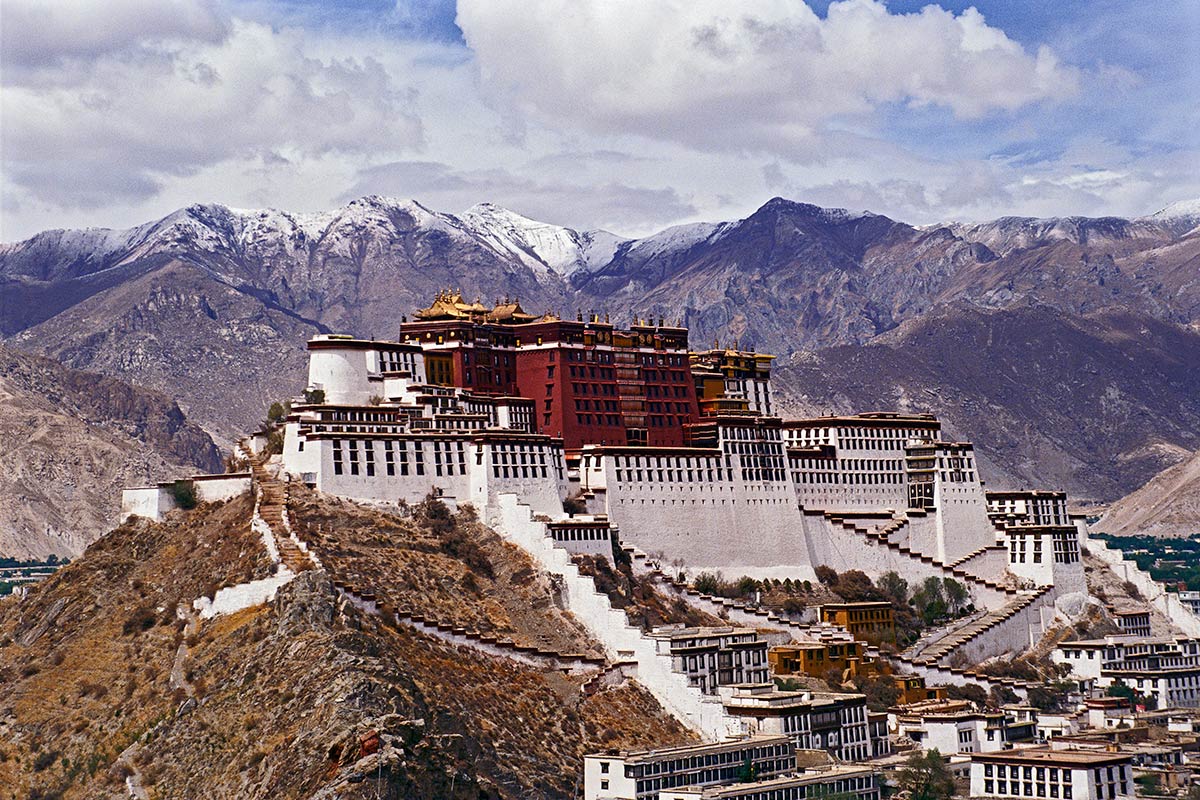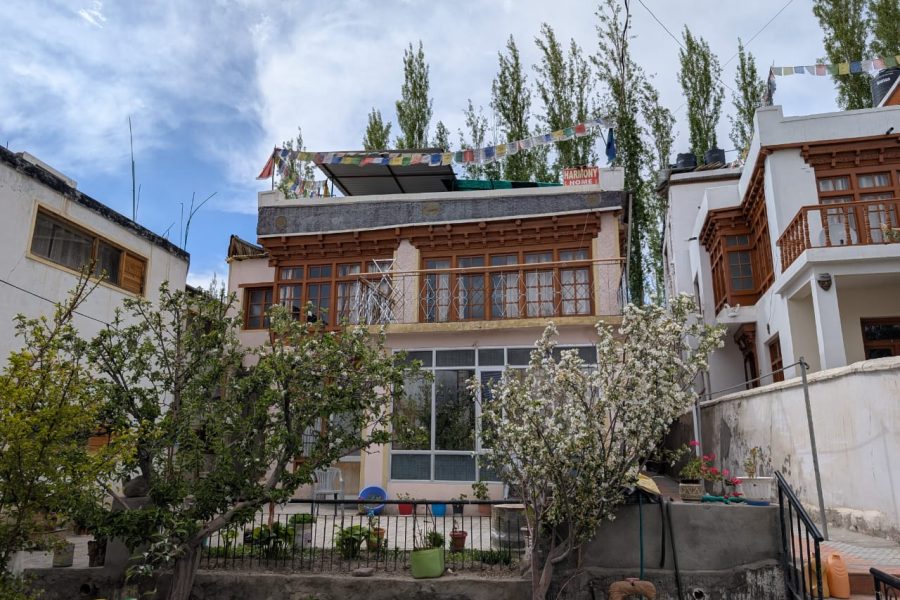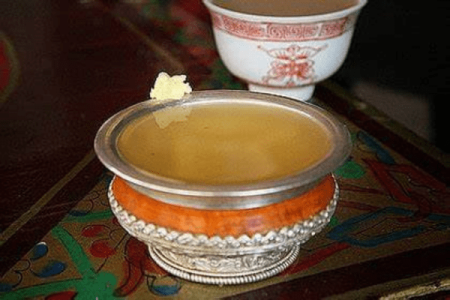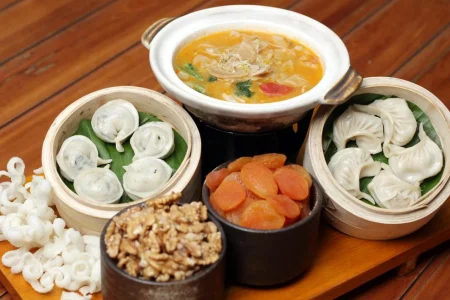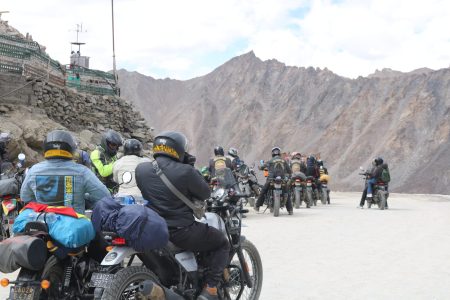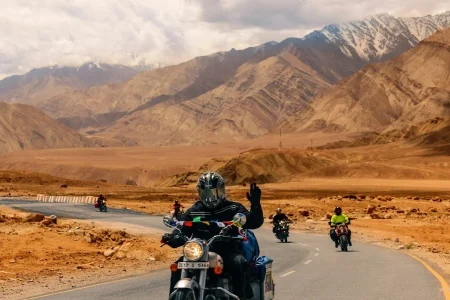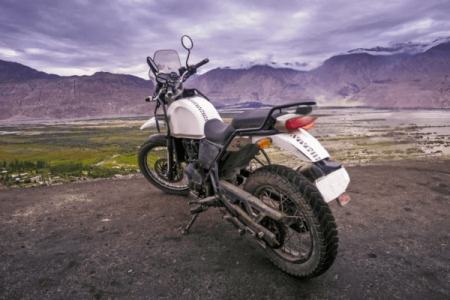The Hall of Fame is spread across two main floors and an outdoor area, with thoughtfully curated galleries and exhibits that are both informative and moving.
- Ground Floor:
- Siachen Glacier Section: Showcases life at the highest battlefield in the world. Includes high-altitude gear, tents, and survival kits.
- History & War Gallery: Covers key battles in Ladakh’s history, especially the 1948, 1962, 1971, and Kargil wars. Includes photographs, weapons, and maps.
- Ladakhi Culture Display: Offers insight into the traditions, dress, and crafts of Ladakh’s people, emphasizing their support to the Army.
- First Floor:
- Martyrs’ Gallery: Features photographs, names, and biographies of soldiers who laid down their lives in service of the nation.
- Captured Enemy Equipment: Displays of seized Pakistani weapons, clothing, and documents.
- Audio-Visual Room: Plays a powerful short film on Operation Vijay (Kargil War), often leaving visitors deeply moved.
- Outdoor Area:
- Army vehicles and artillery including Bofors guns and tanks used during wars.
- A beautifully maintained memorial wall and Amar Jawan Jyoti (eternal flame) to honor fallen heroes.
- Scenic views of the Stok mountain range and Leh valley — ideal for reflective moments.
Today, the Leh Palace serves as a museum that preserves the royal history and cultural artifacts of the Namgyal Dynasty. The museum exhibits the following:
- Royal Relics: Items once used by the royal family, including clothing, jewelry, and ceremonial items.
- Buddhist Art: Paintings, thangkas, and sculptures representing Tibetan Buddhism and its influence in Ladakh.
- Historic Photographs: Black-and-white photographs documenting the royal family, significant events, and the historical transformations of Leh.
